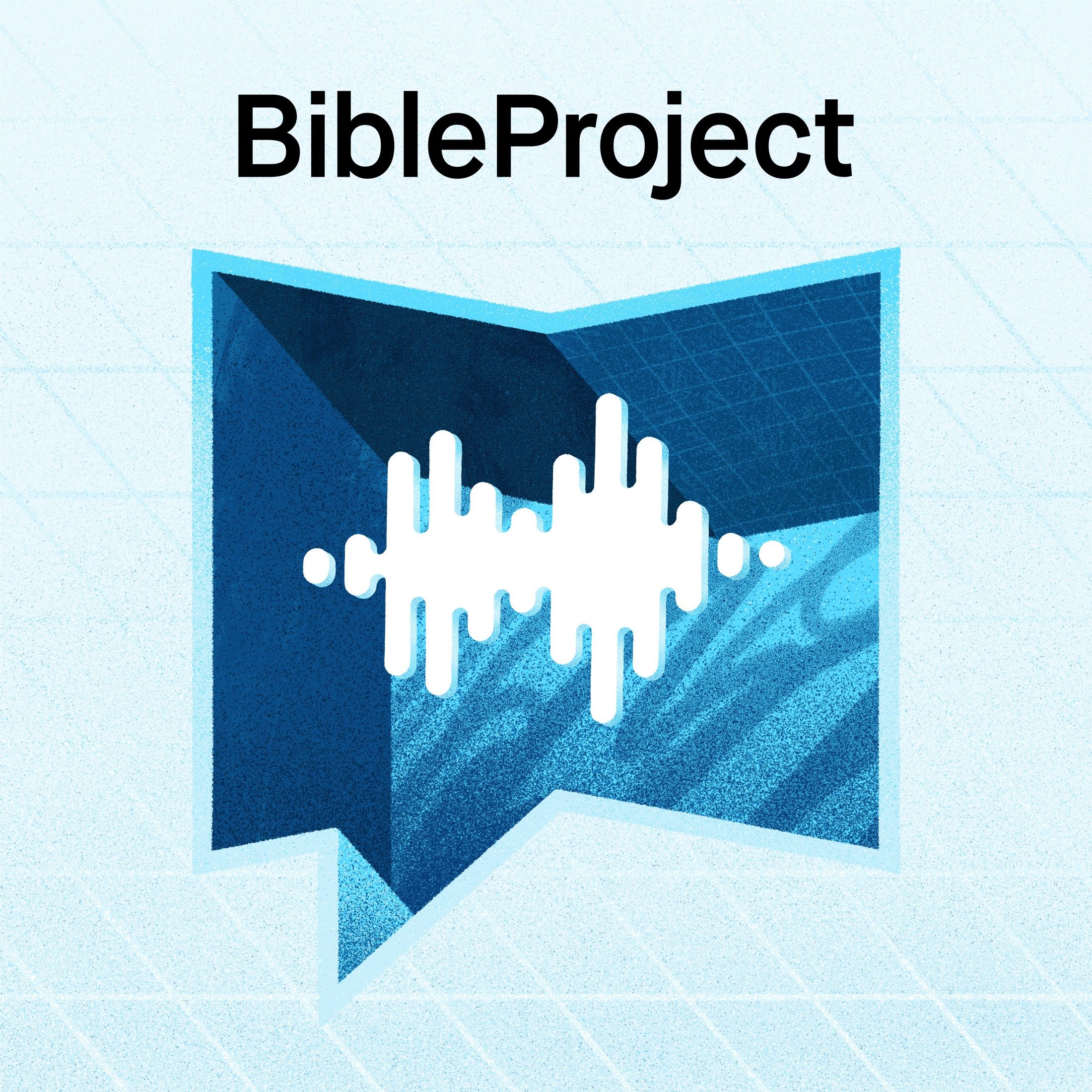

BibleProject
BibleProject Podcast
The creators of BibleProject have in-depth conversations about the Bible and theology. A companion podcast to BibleProject videos found at bibleproject.com
Episodes
Mentioned books

4 snips
Jul 11, 2019 • 58min
Destined for Glory - Feat. Dr. Haley Jacob
In this engaging discussion, Dr. Haley Goranson Jacob, an Assistant Professor of Theology at Whitworth University, shares insights from her book on Paul's theology of glory in Romans. She explores the journey from medicine to biblical studies and how her faith shaped this path. The conversation dives into the transformative meanings of 'glory' in Christian tradition, the significance of Romans 8:28-30, and the call for believers to reflect God's image through holiness and compassionate engagement with their communities.

30 snips
Jul 8, 2019 • 1h 5min
Song of Songs: Semi-Erotic Love Poetry - Wisdom E5
The discussion kicks off with the intriguing question of whether Song of Songs qualifies as wisdom literature. It challenges conventional views, unveiling layers of meaning that connect love with the pursuit of wisdom. The dynamics between a king and shepherd reveal deeper interpretations, including ties to historical figures like David. Themes of physical desire intertwine with spiritual fulfillment, inviting reflection on genuine love within covenantal connections. Ultimately, the text redefines intimacy, offering a fresh perspective on relationships and divine desire.

13 snips
Jul 1, 2019 • 46min
Proverbs: Lady Wisdom & Lady Folly - Wisdom E4
Dive into the captivating world of Proverbs, where two paths of wisdom and folly unfold. Listen as the hosts explore the characteristics of Lady Wisdom and Lady Folly, and their significant roles in guiding human choices. Discover the warnings passed down from Solomon about the consequences of ignoring wisdom and embracing folly. The discussion highlights the importance of living in the fear of Yahweh, while also reflecting on how wisdom relates to governance and personal relationships. Join this insightful journey of moral decision-making!

Jun 24, 2019 • 1h 1min
Solomon: The Wisest of the Fools - Wisdom E3
The discussion dives into Solomon's dual nature as both a wise leader and a potential failure. Key themes emerge, including the moral dilemmas faced by biblical figures like Adam and Abraham. The podcast also explores the relationship between wisdom and desire, linking it to intimate narratives within the Hebrew Bible. Listeners will find thought-provoking insights on the significance of women's roles and the implications of leadership choices throughout biblical history. Wisdom is emphasized as essential to restoring humanity's relationship with God.

14 snips
Jun 20, 2019 • 1h 9min
The Jesus Creed - Feat. Dr. Scot McKnight
Scot McKnight, a New Testament professor at Northern Seminary and author of several influential works, shares insights from his academic journey and writing practices. He discusses the significance of his book 'Jesus Creed' in exploring love and community within Christianity. Tim reflects on the impact of McKnight’s writings, including 'A Community Called Atonement' and 'A Fellowship of Differents.' The conversation delves into the resilience of early Christians, challenges of interpreting the Gospels, and the evolution of atonement theology, highlighting its relevance for today's believers.

8 snips
Jun 17, 2019 • 49min
The Tree of Knowing Good & Bad - Wisdom E2
Dive into the rich landscape of biblical wisdom literature, exploring the pivotal significance of the Tree of Knowledge. Discover how the Hebrew terms for 'good' and 'bad' reveal deeper meanings and moral nuances. Tim and Jon discuss the fragility of choices in Eden, contrasting divine wisdom with human judgment. The podcast highlights the complexities of relationships and the pursuit of moral agency. Engaging with biblical narratives sheds light on the timeless struggle between seeking knowledge and living in harmony with divine guidance.

5 snips
Jun 10, 2019 • 46min
The Quest for Wisdom - Wisdom E1
Dive into the intriguing world of wisdom literature, exploring the profound insights found in Proverbs, Job, and Ecclesiastes. Discover the duality of good vs. evil and how choices shape our lives, much like the messy narratives in Genesis. The conversation highlights wisdom's essential role in navigating life's complexities and moral decisions. Tune in to see how the pursuit of divine wisdom can lead us to a fulfilling life, emphasizing the importance of relational partnerships and the fear of the Lord as true knowledge.

8 snips
Jun 3, 2019 • 57min
Law Q&R - Law E6
The discussion delves into biblical law and its implications for understanding God's nature, sparking a debate on the perceived divide between the Old and New Testaments. Listeners inquire about the Pharisees' interpretation of Mosaic law, suggesting a timeless aspect to it. The hosts examine how Jesus fulfills the Scriptures while emphasizing the intentions behind the laws rather than strict adherence. They explore the radical inclusivity of the Sermon on the Mount, highlighting how marginalized voices embody God's kingdom values.

May 27, 2019 • 48min
Jesus Fulfills the Law - Law E5
The discussion delves into how Jesus fulfills the law, emphasizing that the covenant laws find their purpose in Him and the Spirit. It contrasts the dual role of law: as condemnation and a guide to true life, illustrated through Jesus' life and sacrifice. The conversation underscores the importance of love and compassion over strict adherence to rules, highlighting how wisdom and a sincere heart transform the understanding of divine commands. Listeners learn about redemption through faith, the complexities of human nature, and the ongoing relationship with the Spirit.

4 snips
May 20, 2019 • 52min
The Law as a Revolution - Law E4
The discussion uncovers how Hebrew laws represent a revolution in ancient justice, contrasting with surrounding cultures. The biblical narrative emphasizes a unique covenant between God and the Israelites, akin to marriage language. It also explores the ethical implications of these laws on community and human relationships, tackling themes of obedience and justice throughout history. The conversation reflects on how these ancient ideals still resonate with modern issues, particularly regarding equality and respect for individuals.


